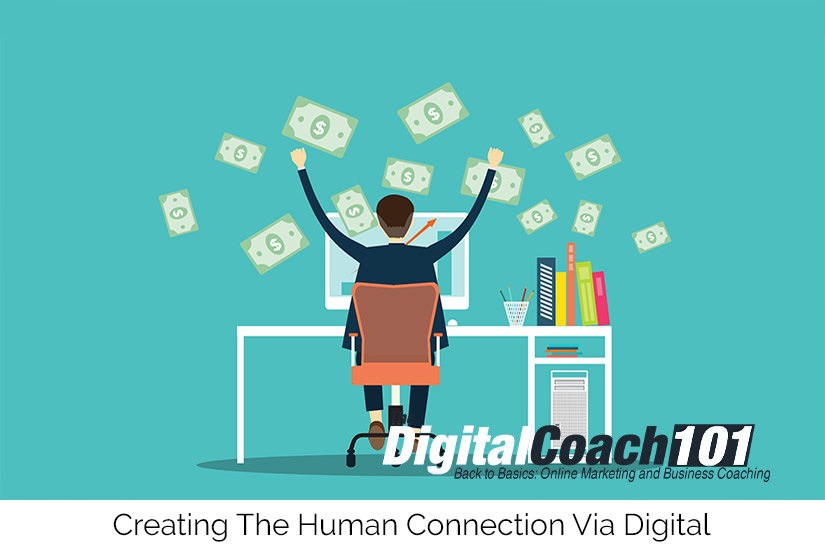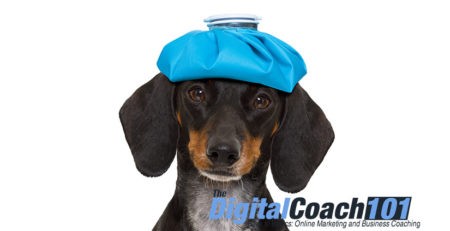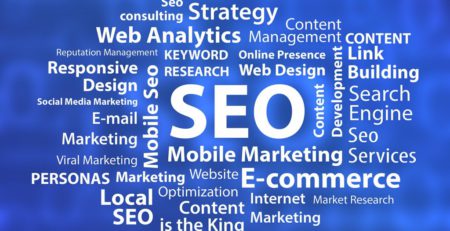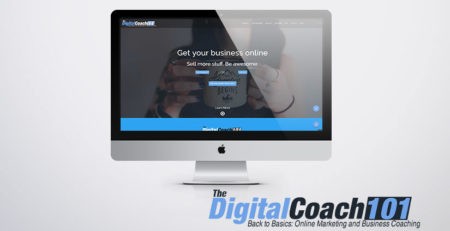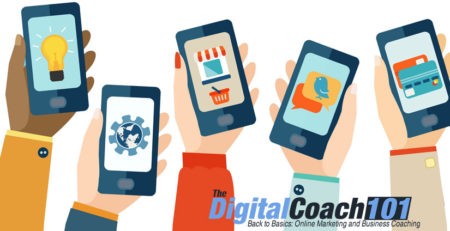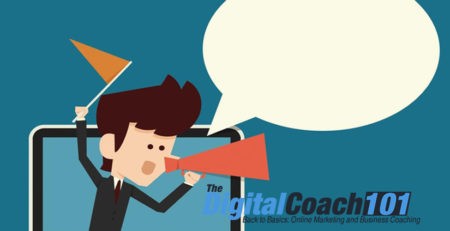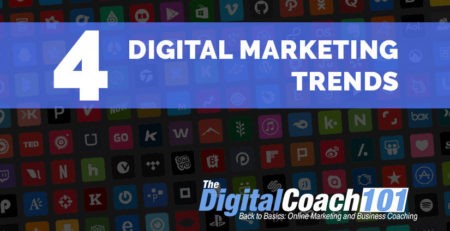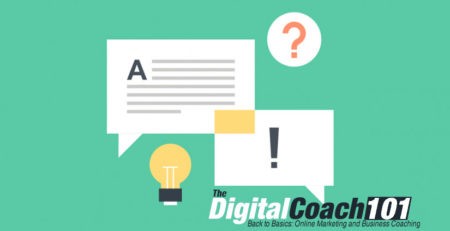What To Do When Your Services Page Isn’t Performing
Or, to put it another way, if your website’s Services Page was one of your sales reps, would you promote it, or fire it? Is it doing its job, or does it spend far too much time chatting to Bonnie from Payroll? Is it bringing in valuable leads and closing sales, or does it prefer to stand around the water cooler looking for unsuspecting souls to lure in for a not-so-quick gossip sesh?
Here’s the thing:
We don’t tolerate underperformance from our employees (or at least, we shouldn’t), so we definitely shouldn’t put up with it from our website pages. If you’ve read the other blogs in this series, you’ll know I’m a huge fan of treating your website like your company, and your individual website pages like your employees. (Except you don’t have to give your pages time off, and they never get sick. They also work 24/7 and don’t expect bonuses. Result!)
But I digress.
To make sure we know exactly how our employees are doing, and so that we can identify any areas of concern – on either side – we conduct annual performance appraisals. There, I said it, even knowing as I did so that I ran the risk of causing shivers of horror to course through your bodies.
The term “performance appraisal” has the same effect on most people as saying out loud the name “Mufasa” had on the hapless hyenas in The Lion King. Be that as it may, it is still a very useful process for identifying which of your employees are assets to your business and which ones need to head off to the Elephant Graveyard.
What’s The Difference Between A Services And Products Page?
You mean, other than that the one sells your services and the other sells your products? No, seriously, many aspects of these two pages are the same, and we’ll unpack that in a moment. But there are a couple of key differences between them that are worth mentioning.
Services are a little harder to sell than products because they rely a lot on trust. If you buy a product and you’re not happy with it, you can return it. But if someone comes to steam clean your lounge suite and the end result looks like you took it through the local Big Brush Car Wash, what recourse do you have? Even if you offer impressive guarantees, customers can still be a little hesitant. And, let’s face it, your couch may never fully recover.
Many service providers come to into your home (think pest control, mobile dog groomers, carpet cleaners, window washers and about a million others.) So if things go wrong, it all gets very personal very quickly. People need you to love and respect their stuff as much as they do. They need you to appreciate that the rug you’re cleaning was inherited from your late husband’s dearest Great Aunt Lucinda and that Pooky Precious, whose nails you’re busy clipping, is a treasured furbaby who eats his dinner off his owner’s plate.
This is why it’s so important with a Services Page to weight your experience and qualifications, and include testimonials from happy customers. If people trust you, they’re more likely to use your service.
Is Your Products/Services Page Doing Its Job?
Seeing as these pages are essentially sales reps in web page clothing, let’s take a look at the KPIs of their human counterparts. Then let’s see how these translate into KPIs for your web pages. (Yes, we can do that because, dear reader, we are awesome).
Reach Rate
Also known as: How many of your total number of outbound activities result in an actual, meaningful conversation with a decision-maker? Sales reps usually have, as their benchmark, a reach rate goal of around 40 percent. In other words, for every 100 outbound activities they engage in (such as sending emails, making calls and scheduling face to face appointments) they get between 35 and 40 meaningful conversations. When it comes to web pages such as your Services/Products pages, it’s not quite as easy to define the metrics. The truth is, as much as I’d love you to think of me as some kind of Digital Marketing Oracle, I can’t always give you the neat and tidy numbers. Why? Well, because the reality of assessing the conversion rates of Services and Products pages is this:
They’re subjective.
Not very sexy, I know, but there it is. There are so many factors at play here – the industry you’re in, the product or service you offer, and your target audience, can all affect your conversions to a greater or lesser degree.
Pass Rate
In the life of a sales rep, this refers to the percentage of the above-mentioned meaningful conversations that get converted into actual sales. An experienced, savvy rep should close around 11 out of every 100 meaningful conversations. An 11 percent pass rate may not sound like much to you, but this generally translates into a happy amount of bucks!
Again, with Services or Product pages, pass rates are highly contextual. If you sell high-end computer equipment, you’re not going to have as many actual sales as someone selling R20 T-shirts.
So, while understanding that an average conversion rate may not be an actual thing in the Digital Marketing world, there is research to suggest the following:
- The current average conversion of online shoppers worldwide is 2.95 percent.
- In America at the end of 2016, conversion rates on traditional devices such as desktops and laptops were considerably higher than on mobile devices. Consumers use smartphones mainly for browsing, while they prefer traditional devices and tablets for actual shopping. Among mobile, conversions on tablets are over double that of smartphones.
Be Information Central
If someone wants to ask a rep anything, and I mean anything, about the product or service he’s selling, he needs to have that information already in his brain. He should be living, sleeping and breathing every aspect of whatever it is he’s selling. Then, he can convert you with the sheer magnitude of his capable confidence.
It’s the same with your Products or Services page. It’s all in the deets. Every product should be described in detail – choice of colours and sizes, price, possible uses and applications. At times like this, less is definitely not more, and skinny is for cappuccinos, not copy. No information means no sale. End of.
And remember the golden rule – don’t make your customer think! It should immediately be clear to him where and how to buy – if he has to look too hard or try to puzzle out where he needs to go to, he’ll leave your page.
Back up your offerings with reviews from happy customers. Satisfied clients are the best salespeople in the world (and you don’t even have to pay them or give them a car.) So use them shamelessly.
And, as with every page on your website, keep SEO in mind. Include researched targeted keywords for each product or service, and link them by using the keyword as the anchor text.
What Does A Bad Services Page Look Like?
A bad Products or Services Page looks pretty much like Sad Simon, the sale rep down the hall with the small office and no window. He’s a nice enough guy, yes. But when it comes to doing his job, he’s unmotivated. He’s boring to listen to and unexcited by what he’s selling. He also hasn’t combed his hair recently and smells like socks.
Don’t let your Services page be a Sad Simon! Just because it’s not a blog (and let’s face it, blogs always look good and smell like chocolate) doesn’t mean it can’t be interesting. A creative, well-optimised and informative Products or Services page has a better chance than a landing page of ranking highly and attracting traffic.
Sad Simon pages don’t answer customer questions. Your products or services should offer solutions. However, if it’s not clear from your content what these solutions are, your customers won’t be convinced that they need you. So write great summaries for each product or service you’re selling. And when we say “great” we mean, “brief!” But also still great! A description alone is not enough. “Professional roof cleaning services” or “Energy saving LED bulbs” create more questions than they answer. Your customers want to know why they need what you’re selling in their life. Introduce them to needs they didn’t know they had! Explain why you’re the only company that can meet those needs.
The Takeaway
Remember, as always, to keep it brief. Too much fluff is overwhelming. So be concise, but still warm and personal.
And keep it interesting! Yes, you sell washing machine parts. But, by golly, they are surely the most awesome washing machine parts in the whole entire world. If not the universe!! Use pictures and pay attention to colour choices and layout. Maybe you can even include a video.
The competition for customers is too fierce for you to be boring, so if you’d like some help creating Products or Services pages that excite, interest, and, most importantly, convert, chat to Digital Coach. We’ve got this.

